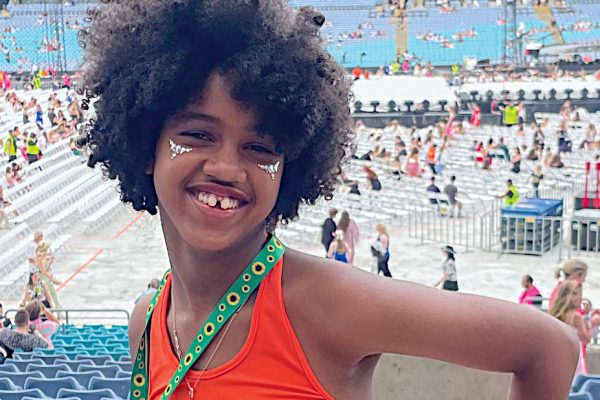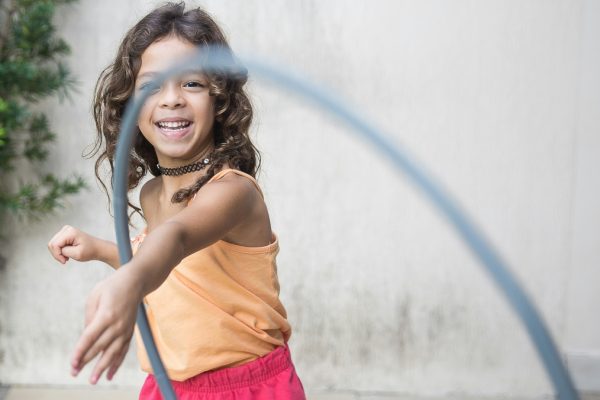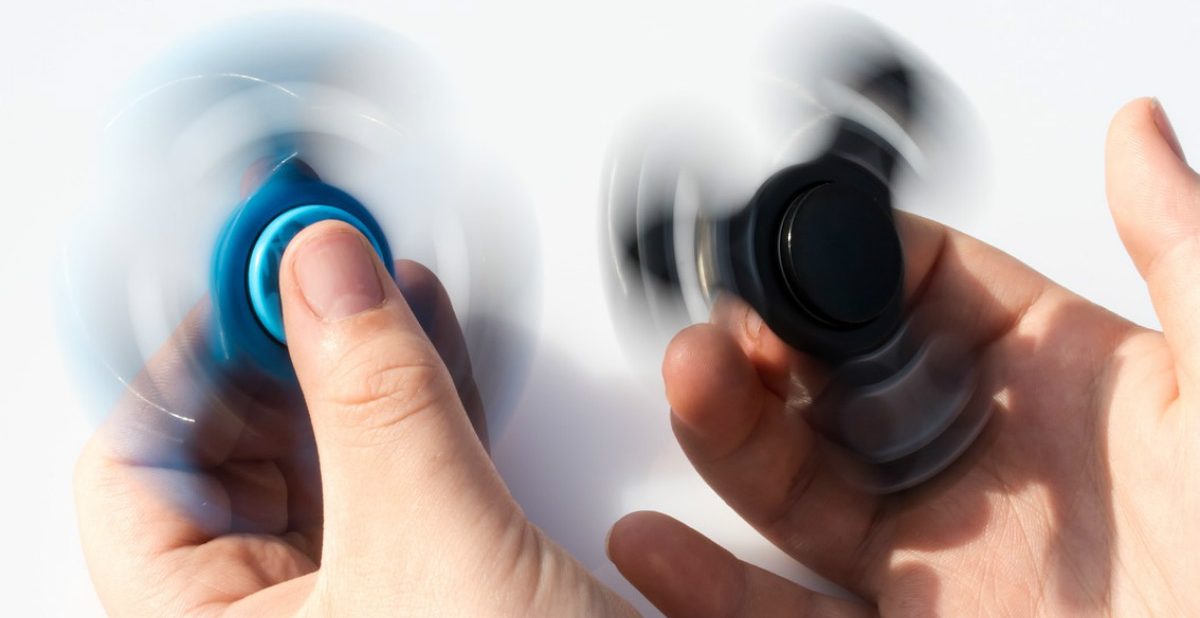
Essential items to include in your child’s sensory box
Everybody needs a sensory break sometimes, especially children with special needs who may need support to regulate their emotions and develop concentration. Decompressing can help a child to process and refocus, and aid in managing meltdowns and anxiety. This is when a sensory box comes in handy. But, how do you navigate all the products on the market for kids with sensory issues? We’ve rounded up a list of essentials to pop in a sensory box. Be sure to always take your child’s individual needs and abilities into consideration, but here are six items to get you started.
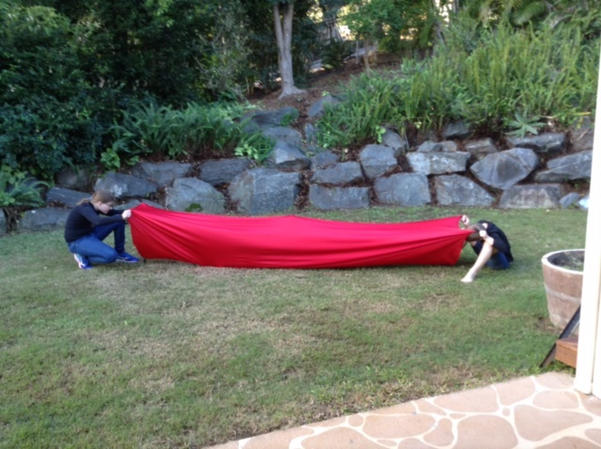
1. Something stretchy
Movement is a great sensory filter, so items like a stretchy band, tubing, sack, or fabric tunnel are just right for your sensory box. Encourage imaginative play while pulling and stretching, do some partner resistance work or have a mini-workout with the stretchy items in your box. For tunnels, resistance bands and more head to www.bodysocks.com.au
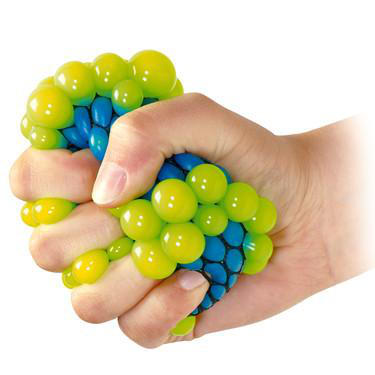
2. Hand play
Your sensory box should include something to do with your hands, such as putty, a stress ball, or a fidget tool. Fidget toys can be beneficial to encourage focus. There are plenty of easy and affordable homemade options, or you can purchase fidget balls, chewable fidgets and manipulatives. Knobby balls, stretchy snakes and playdough are particularly effective and also affordable.
My Diffability has a huge range of fidgets and tactile objects to choose from.
3. Touch and explore

Sensory exploration is important, which might mean a squishy toy, a spiky massage ball, soft pieces of fabric or scarves, or a weighted bean bag. Work with your child’s preferences to include soft or hard items, or those with multiple textures to encourage exploration. Take a look at the range of sensory items on offer at Sensory Tools.
4. Weighted items
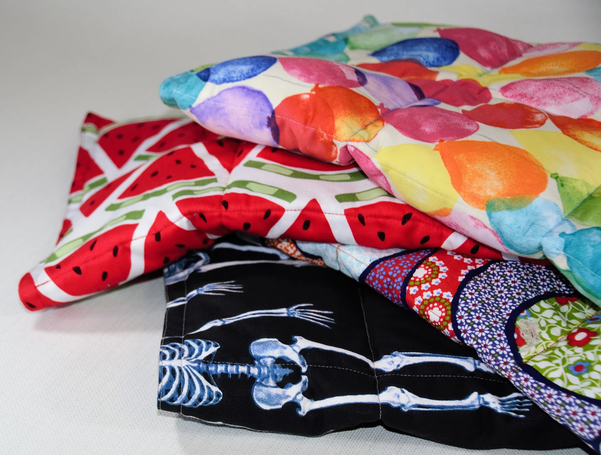
Not all kids like weighted items, but they can be an excellent option for some children. Weighted blankets, cape or neck curves, bean bags or weighted stuffed animals are all good options. Crayte has a range of weighted blankets and cushions that are beautiful as well as functional.
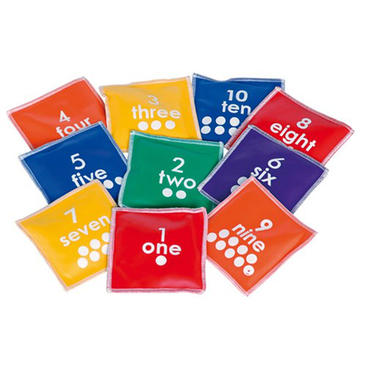
5. Eye tracking
Hand-eye coordination and eye tracking do wonders for sensory regulation. You can toss and catch items such as small beanbags, a ball maze or juggling scarves. A small mirror or light-up toy will also please the sense of sight. You can also use an item to help with eye tracking from side to side. Check out Hart Sport for a range of different bean bags for little hands.
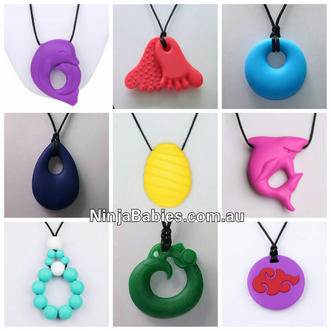
6. Chew it
Some sensory kids feel the need to chew on things, so in a personal sensory box, a chewy can be a great stress reducer. The actions of sipping, chewing, biting, blowing, and sucking all act as great filters when it comes to sensory processing. You can purchase chew toys specially designed to be chewed on, such as chewable jewellery, pencil toppers or wristbands. Ninja Babies have an awesome range of products for all levels of chewers. Have fun popping together a sensory box that’s just right for your child, and can help them to concentrate and regulate their emotions more effectively.





